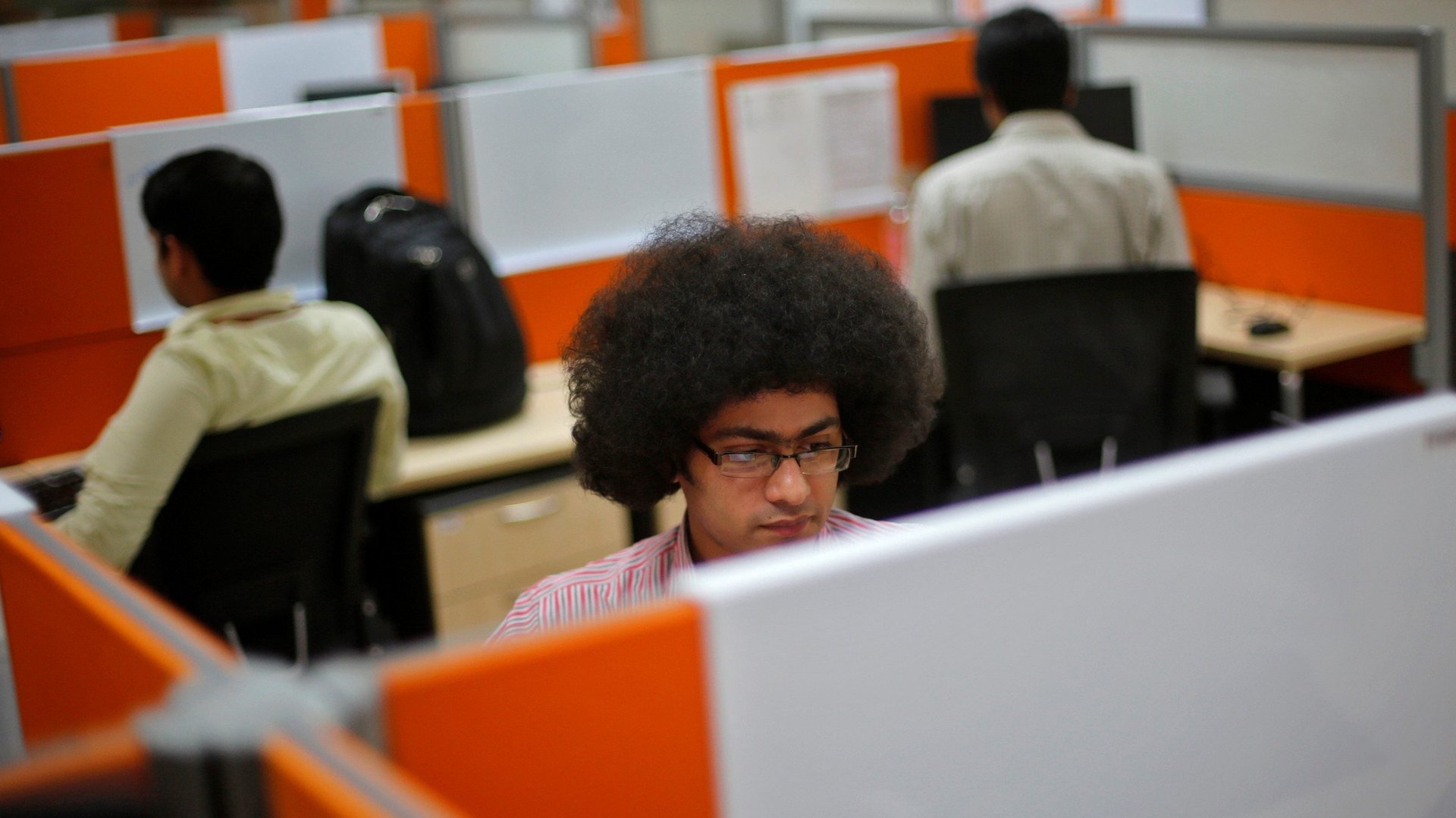Indian companies will have to reimagine offices for the hybrid workplace era
The pandemic outbreak has transformed the way we work, how we work, and from where we work. And just as employees globally are adjusting to new work styles, workspaces are also adapting to the changing times.


The pandemic outbreak has transformed the way we work, how we work, and from where we work. And just as employees globally are adjusting to new work styles, workspaces are also adapting to the changing times.
As vaccinations proceed, instead of making a full retreat from remote work, hybrid workplaces are set to emerge as the next big thing globally—including in India.
“A well-executed hybrid model would make it easier to attract new talent, which could lead in turn to more breakthrough solutions for the company,” said Sandeep Sethi, managing director of corporate solutions for west Asia at JLL, a US-based real estate firm. “The hybrid workplace is the ‘office of the future’ and has a significant positive impact on employee satisfaction.”
Emphasising the need for the hybrid model, Sethi further added that “it is more than a flexible workplace program.”
So, what exactly is a hybrid workspace?
A hybrid workspace is an office model that aims to support a distributed workforce of both in-office and remote workers. But there doesn’t have to be one single approach to implementing a hybrid model.
“Organisations are fast adopting a blended operating model with some employees returning to the workplace and others continuing to work from home. At the same time, it is also emerging that there is no universal approach to hybrid work,” wrote Rajiv Sodhi, chief operating officer at Microsoft India, in a blog post on June 9.
The shift to working from home brought clear advantages, according to Microsoft’s first annual Work Trend Index, a survey of both regular employees and executives of more than 30,000 workers in 31 countries. Many employees are now planning to move to different cities, and others are considering quitting rather than go back to employers who want them in the office full time.
“Last year’s move to remote work boosted feelings of inclusion for workers because everyone was in the same virtual room,” the report stated. “The move to hybrid will break that mold and it will be a new and important objective to ensure employees are given the flexibility to work when and where they want, as well as the tools they need to equally contribute from wherever they happen to be.”
Do Indian employees want a hybrid workspace?
In the Indian context, the Microsoft report revealed a hybrid work paradox.
While around three-fourths of Indian employees say they want more flexible remote work options, employees also said their digital work day became too demanding after the shift to working from home. And 73% of them are also craving more in-person time with their teams, the findings of the Microsoft report revealed.
Regarding the various positive impact of working remotely, Indian employees stated that work interactions feel more “human and authentic” as a result of seeing one another families and homes.
According to the report, to beat the pandemic blues, coworkers leaned on each other in new ways to get through the last year. For instance, one among four (24%) Indian employees has cried with a colleague, higher than the report average.
Sethi of JLL believes that as mental health takes centre stage in a post-pandemic world, organisations will need to find the right balance between time away from the office and time connecting face to face, and that’s when the hybrid work model can show its strengths.
“Offices will become a central gathering point for employees to meet, while a majority of the work will continue to be done remotely. Employers will need to look beyond the traditional concept of the central office and create workspaces that are collaborative and technology-enabled across multiple locations,” he explained.
Hybrid offices are the future of work
Elaborating on the advantages of the new hybrid workspace over an existing traditional office, Sethi said that hybrid workplaces will allow companies to optimise real estate and give employees the freedom to choose their work setup.
“Rather than a single, central office block that must accommodate every member of staff, larger businesses would invest in a smaller, high-design headquarters to nurture their community and showcase their brand identity, complementing this with remote work options and satellite offices that reduce employees’ commutes,” he added.
The complaints at Apple, in the US, to a top-down decision to propose staff return on a Monday, Tuesday, Thursday schedule is a reminder that these options should ideally be set in a somewhat collaborative fashion.
As Quartz has written, managers in particular will have to fight against some of the pitfalls of the hybrid office, such as “proximity bias,” which is the tendency to favour the people they see the most often. Similarly, they should resist the temptation to use productivity tracking software to monitor employees who choose to remain largely remote in a hybrid set-up, instead relying on trust alongside objective goals.
The Microsoft report noted that this shift will require good planning and injecting elements of consistency for employees—for example, with dedicated task or reference spaces—to balance out some of the uncertainty that can result from greater flexibility. But done well, it said, the hybrid office can help organizations “build digital empathy into every aspect of our culture—from global guidelines to team-level meeting norms.”